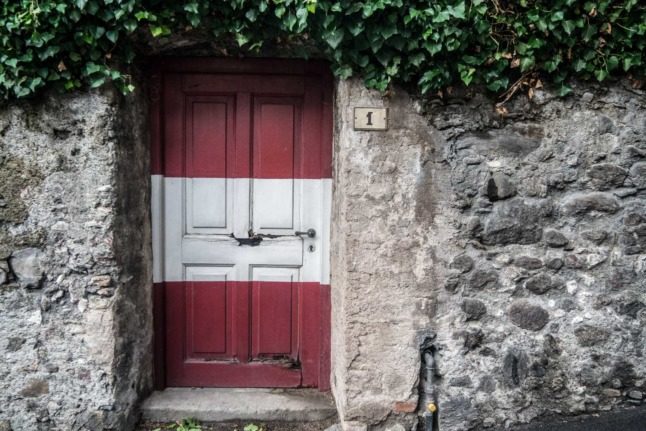Austria has one of the strictest naturalisation laws in Europe, and it requires many people have a permanent residence here for at least 10 years before they are allowed to apply for citizenship.
Becoming a citizen of Austria comes with many benefits. You no longer have to worry about MA35 appointments for visa renewals (also the case if you are a permanent resident), you are allowed to vote on all elections, you become an EU citizen (in case you weren’t before), and you can apply for certain jobs, such as with the police force, for example.
However, there are also downsides which may put people off. We want to hear from those who can but choose not to become Austrian. Please take a moment to fill in the survey.


 Please whitelist us to continue reading.
Please whitelist us to continue reading.
Thanks, but no thanks. The resident’s card will have to do.